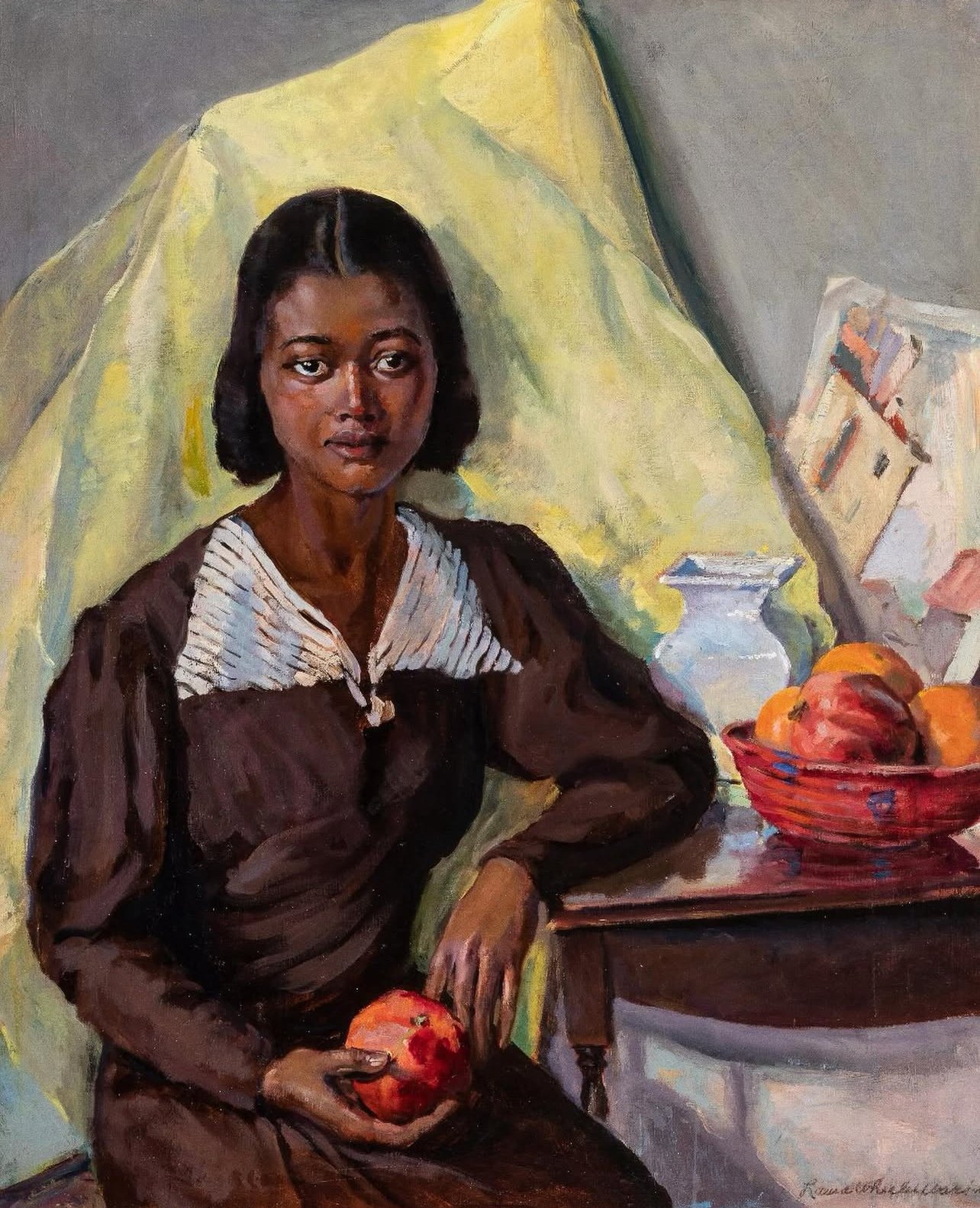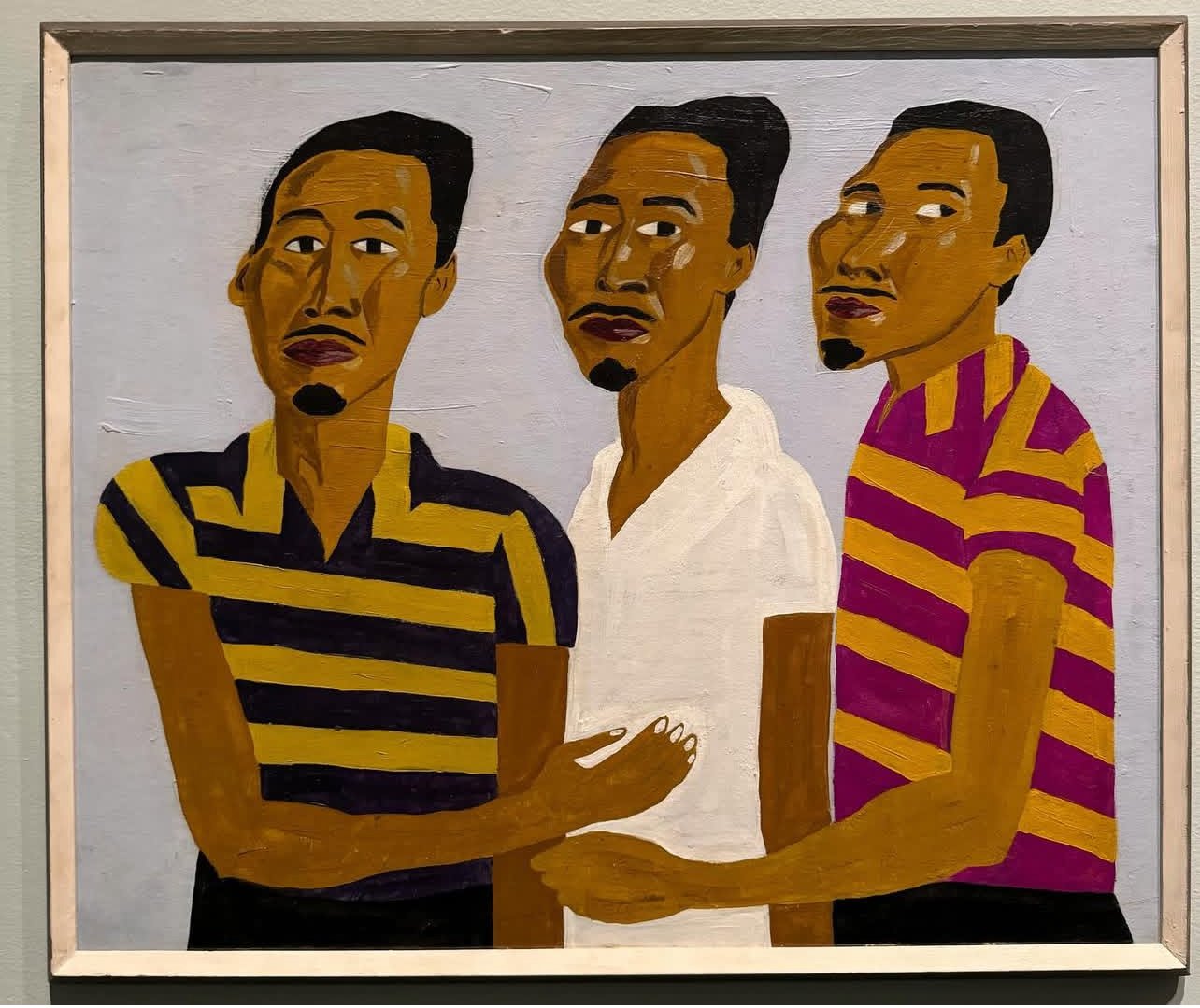The Harlem Renaissance and Transatlantic Modernism Exhibit
The exhibition The Harlem Renaissance and Transatlantic Modernism at The Metropolitan Museum of Art delves into the dynamic intersections between the Harlem Renaissance and the broader modernist movements of the early 20th century. Focusing on the period of the 1920s and beyond, the exhibition highlights how African American culture and art during the Harlem Renaissance were influenced by and interacted with international modernist trends in Europe and the United States.
The Harlem Renaissance
The Harlem Renaissance was a groundbreaking cultural movement that centered in Harlem, New York, where African American artists, writers, musicians, and thinkers produced innovative works exploring Black identity, heritage, and social issues. Figures like poets Langston Hughes and Claude McKay, novelists Zora Neale Hurston and Jean Toomer, and visual artists such as Aaron Douglas and Archibald Motley helped define the era. It was a period of cultural flourishing for Black Americans, giving rise to iconic forms of art such as jazz, blues, and modernist painting and sculpture.
Transatlantic Modernism
Transatlantic Modernism refers to the shared artistic developments across both Europe and the United States in the early 20th century. Modernism itself was a movement characterized by a break from traditional artistic forms, with an emphasis on experimentation, abstraction, and new ways of expressing human expe
Cultural Exchange and Influence
The exhibition highlights how the Harlem Renaissance was not just an isolated phenomenon but part of a broader, transnational conversation. Many Black intellectuals and artists, including poets like Claude McKay, spent time in Europe, where they encountered and contributed to the avant-garde movements of the time. This cultural exchange between the U.S. and Europe helped shape the artistic direction of the Harlem Renaissance and broadened its scope, linking African American art to larger global artistic and intellectual currents.
Visual Art in the Harlem Renaissance
The exhibition showcases how artists of the Harlem Renaissance engaged with modernist techniques to explore themes of race, identity, and the African diaspora. Artists like Aaron Douglas developed a distinctive visual style, combining elements of African art and modernist abstraction to represent the Black experience in America. Other artists, such as Archibald Motley, blended figuration with modernist aesthetics, producing vibrant depictions of urban Black life. These works often engaged with issues like racial pride, cultural heritage, and the modern condition of Black Americans.
The Role of Music
Jazz, often considered the heartbeat of the Harlem Renaissance, was one of the most significant forms of artistic expression during this period. The genre’s roots in African American culture and its innovative approach to rhythm and improvisation were deeply aligned with modernist principles. Jazz musicians such as Duke Ellington, Bessie Smith, and Louis Armstrong transformed American music and became symbols of the cultural vitality and creativity of the Harlem Renaissance, as well as a bridge between African American and global modernist movements.
Photo Usage Disclaimer
I do not claim ownership of the photos featured in this article unless explicitly noted. All images are either sourced from public domains, licensed platforms, or credited to their respective owners. Additionally, I do not receive any compensation for the use of these images. If you are the rightful owner of any image and have concerns about its use, please reach out, and I will address the issue promptly.
Photo Credits:
https://www.metmuseum.org/exhibitions/the-harlem-renaissance-and-transatlantic-modernism
https://www.instagram.com/jillithmoniz/
https://www.instagram.com/metmuseum/p/C3x5_EVopZO/?img_index=1




